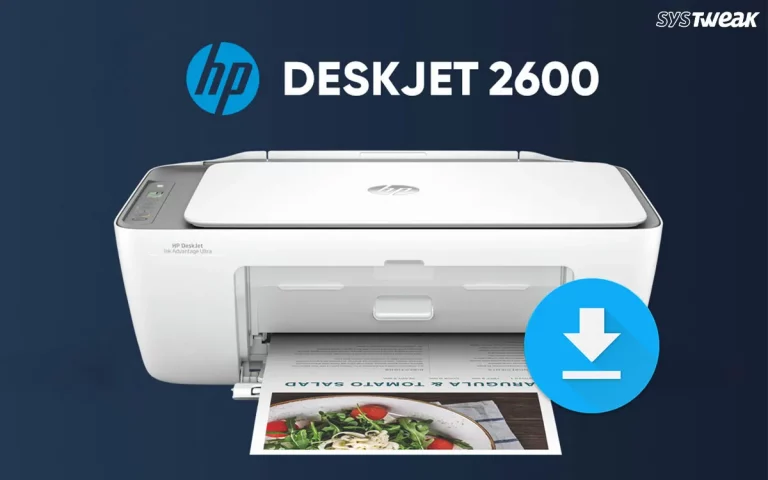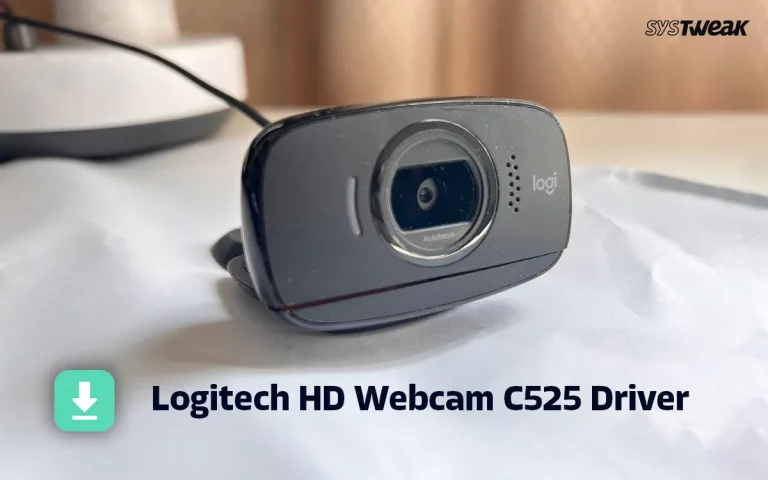Are USB ports not working on Windows 10 and 11? Here’s how to fix and make it work again.
USB ports are an essential part of any PC. Without them, connectivity seems far-fetched. If these USB ports stop working or malfunction, you cannot connect any external device to your PC. In this post, let’s look at some reasons why this happens and how you can fix it.
What To Do When USB Ports Are Not Working?
You may wonder what has gone wrong with your PC’s USB ports. Well, that is also the first thing you need to identify. Multiple fixes can get your USB ports to work again; however, all your efforts may go in vain if you do not know what is bothering your PC.
Some of the core issues that your USB ports may be facing include –
- Physical Damage to Ports
- Connectivity Errors
- Improper USB Port Drivers
- Power Supply Errors
- USB Device Errors
Now that you know what issues you have to deal with, you must determine what sort of issue you are experiencing. Is the USB port completely dead? Is it loose? Is it unable to recognize connected devices? Once you know that, you can directly approach the correct fix and resolve the issue.
But if you do not know the issue, do not worry; we have curated many fixes that you may try one after the other to get over your USB port errors.
Try These 4 Solutions –
The fixes will same for Windows 11.
Fix 1- Check the USB device
Before upgrading to Windows 10, if the USB device was working fine, the chances of it being faulty are thin. But you cannot deny that machines can get faulty at any time. Therefore, before taking more technical steps, it’s best to check the device and rule out all possibilities.
Related: How To Update USB Drivers On Windows 11 & 10?
To test whether the USB device is working, unplug it and try plugging it into another device. If it works, you know the device is not faulty. However, you know you need to buy a new USB device if it doesn’t.
Fix 2- Check Power Management Settings
Windows turns off the USB controllers and turns them on when needed to save power when not in use. Unfortunately, this approach sometimes fails, as Windows is unable to switch on the USB Controllers.
Hence, to rule out the possibility that this can be the reason, we suggest disabling Windows from managing power to the USB Controllers and devices:
1. Press Windows + X > Device Manager
2. Go to Universal Serial Bus controllers and double-click them to expand.

3. Double-click USB Root Hub.

4. Click the Power Management tab.

5. Uncheck Allow the computer to turn off this device to save power > ok.

6. Do the same for each USB Root Hub device in the list of Universal Serial Root controllers.

Fix 3- Check the power supply
The USB ports receive power from the laptop. If, for some reason, the power supply isn’t proper, the USB ports stop working. The best way to fix it is to check the laptop’s power supply.
1. Unplug the power supply and charger
2. Reboot your laptop
3. Reconnect the USB device
4. Re-plug the power
Now check if the USB ports not working are fixed or not.
Fix 4- Check USB Device Drivers
The answer to how to fix USB issues on a Windows PC probably means you need to update drivers. The steps discussed above surely help, but if they don’t and you are okay updating drivers manually, head to the manufacturer’s website. However, if you are not okay playing around manually, try Advanced Driver Updater.
Designed by Systweak, Advanced Driver Updater is the best tool for updating drivers. Using it, you can automatically identify outdated drivers and update them with the latest ones. This tool knows exactly the system configuration and driver details, which means there is no chance of getting an incorrect driver update.
Using it, you can update drivers in a single click or one by one. The Pro version allows updating drivers in a single click, while the trial version lets you update drivers individually.
To use it, follow the steps below:
1. Download and install Advanced Driver Updater
2. Run the best driver updater.
3. Click Start Scan Now to scan the system for outdated drivers

4. Once you get the scan results, update the drives. If using the trial version, click the Update driver next to the USB driver. However, if you are a paid user, you can update all outdated drivers by clicking Update All.

Advantages of using the registered version of Advanced Driver Updater
- Offers 60-day money-back guarantee.
- Comes with full technical support.
- Allows updating drivers in one click
Other than these fixes, you always have the option to restart your PC and check for Windows updates. Sometimes, a little bug may cause the USB ports to malfunction. Hence, we recommend you go for complete troubleshooting.
If nothing helps you, you must call a service expert who can look closely at your problem and check for hardware issues such as loose connections and debris. Overall, a USB port not working is an issue that can be resolved, provided you know what you are working with!
More ways: How To Update Drivers On PC – Windows 11,10, 8,& 7
Fixed – USB Ports Stopped Working
The above steps will help fix the issue with USB ports on Windows 10 and 11.
If the drivers are outdated, updating them is the best way to get USB working and fix driver-related issues. If you have not tried using Advanced Driver Updater, we suggest you do so and optimize your PC.










Thank you for the valuable guide and informaton.
Thank you for the valuable guide